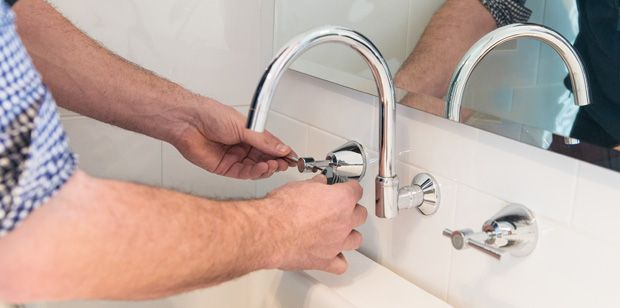For a homeowner, plumbing maintenance is an essential task but can often be unnerving. However, if not regularly attended to, any minor issues that are present now, can become a larger, more damaging, and more costly exercise later on.
After your normal, everyday chores, it can be hard to know where to start when it comes to making sure your plumbing is working order. A checklist is essential to ensuring that you don’t miss anything as even something that may seem small at the time, can become a larger problem later.
Below is a checklist that will help you save time when you are doing your plumbing maintenance – and also make the task of checking them seem less daunting. The checklist not only includes checking things like your toilets and taps, it also looks at you hot water system and your stormwater and sewer drainage system.
Plumbing Maintenance Checklist
Toilets
- Check for leaks. This includes checking around the base of the toilet for any water, checking the flexi hose has no leaks or splits, as well as checking if the cistern is leaking into the bowl.
- Check for any blockages. Signs of a blockage can include the water being slow to drain after flushing (or not draining at all), as well as the water in the bowl rising.
- Check that the parts inside the cistern are in working order. To do so, take the lid of the cistern off and flush the toilet. Watch how all the components work and make sure the flapper is sealing well and the fill valve stops running when the water is at an appropriate level.
Drains
- Clear your shower and hand basin drains of any hair or other debris that may be caught in them.
- Check your sewer drainage system for any blockages. Overflowing drains or water draining slowly are both indications of a blockage.
- Check your stormwater drainage system for any blockages. Similar to the signs of a blocked sewer, if your stormwater is overflowing, or water draining slowly or not at all, it is a sign of that your stormwater drains are blocked.
Taps
- Check the various taps around your home for leaks. Signs of a leak can include water puddling around the base of your taps, as well as a slow/constant drip.
Hot Water System
- Check your hot water system for any leaks. This includes looking around the base for any puddles of water, as well as checking the pipes for any cracks.
- Drain your hot water system and clean inside. This will help to prevent future complications because of sediment build up.
Pipes – Exposed or Enclosed
- Check your pipes for any major leaks. If the pipes are exposed, look for any cracks – whether they be hairline or major. If the pipes are enclosed, check for any wet patches or puddles around the area they are located.
- Check your pipes for any rust, corrosion, or other damage.
Dishwasher and Washing Machine
- Check your washing machine and dishwasher hoses for any cracks or leaks.
- Check your washing machine and dishwasher taps for any leaks or signs of damage.
General
- Check your home for any mould or mildew growth. This may be a sign of larger issues such as leaks around your home.
You should carry out your plumbing maintenance and check everything on the list at leasttwice a year. If you do notice anything out of the ordinary, call in a professional plumber to get it checked. Carrying out plumbing checks regularly and getting a plumber in as soon as you notice any issues, can help to prevent the issues becoming more damaging and costlier. An hour or two around the house checking your plumbing may prevent it from becoming several days’ worth of stress and work.
Have you carried out your checks and noticed that you have an issue with your plumbing? Canberra Plumbing and Drains is here to help. Give our friendly team a call on 0474 488 899 to book in your plumbing appointment today!


Recent Comments